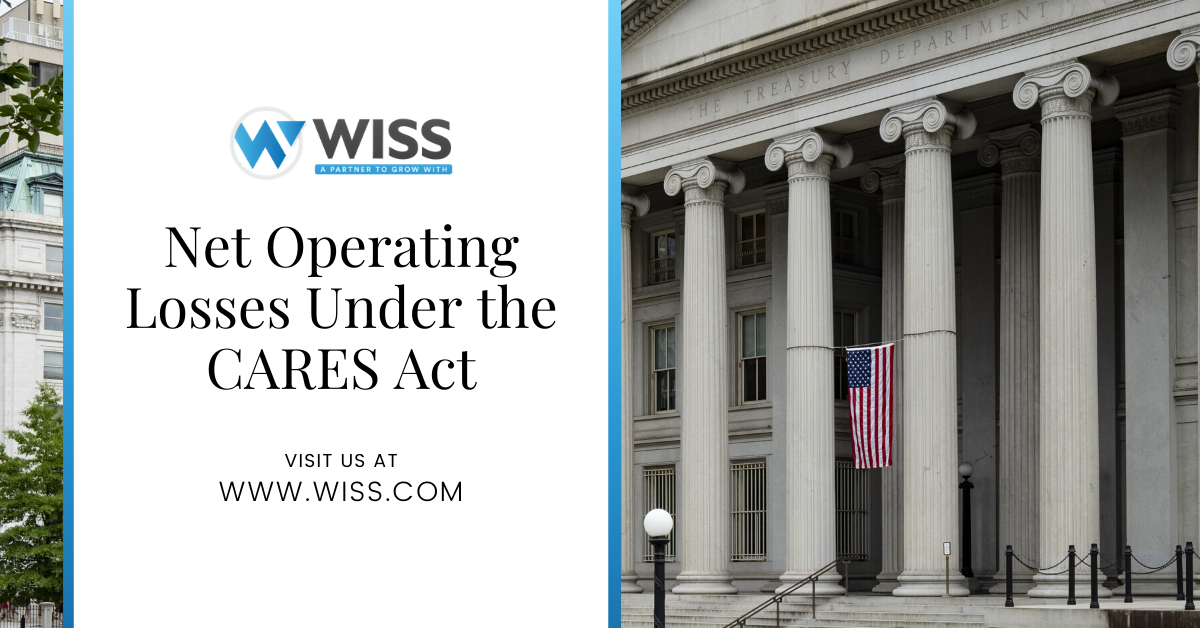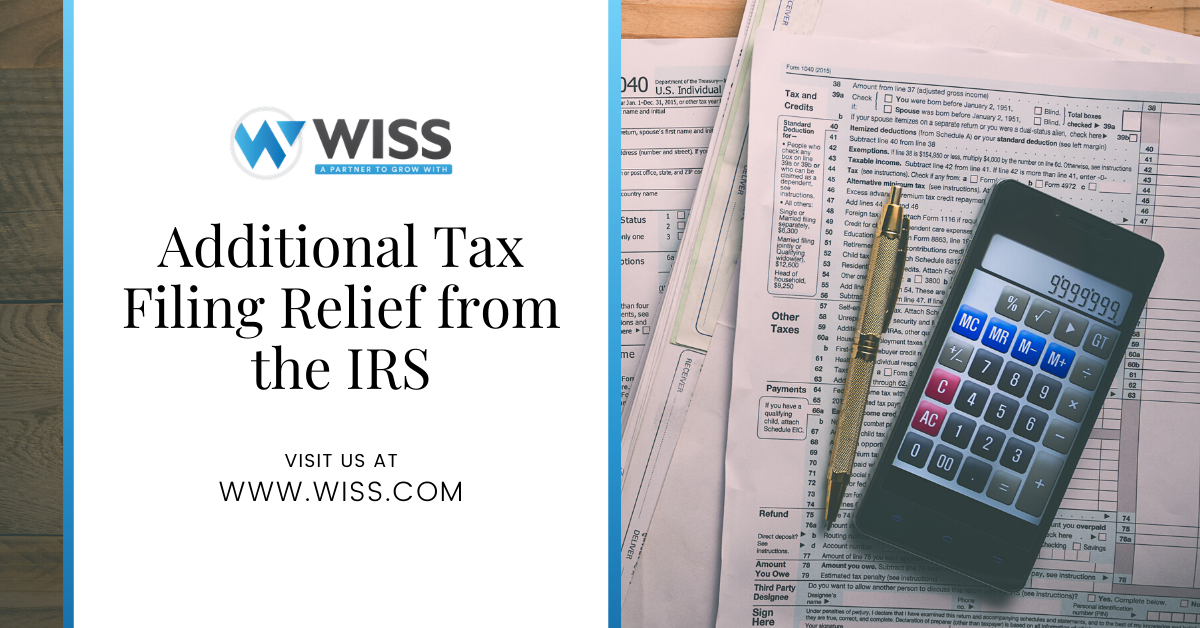On Thursday, April 9, the IRS issued guidance on the treatment of net operating losses under the provisions of the CARES Act.
- Revenue Procedure 2020-24 provides procedures to elect to revoke the carryback period for NOLs arising in 2018 and/or 2019
Background: The Tax Cuts and Jobs Act changed the treatment of NOLs. It generally provided that NOLs arising in tax years beginning after December 31, 2017 were no longer permitted to be carried back and are deductible in future periods up to 80% of taxable income.
CARES Act Relief: In response to COVID-19, the CARES Act changed this to allow for a 5-year carryback of NOLs generated in 2018, 2019 and 2020. This means that the earliest year a taxpayer could carryback to is 2013. If a taxpayer chooses not to carryback NOLs an election to forego the carryback period must be made. Because 2018 tax returns (and in some cases 2019) are already filed there was confusion as to how a taxpayer could revoke the carryback period for 2018 and/or 2019 NOLs. Revenue Procedure 2020-24 allows an election to revoke the carryback period be made no later than with the “first taxable year ending after March 27, 2020.” For most taxpayers, this means that the election to revoke the carryback period can be made as late as the due date (including extensions) of their 2020 tax return. In the case where the 2019 tax return has not been filed, an election to revoke the carryback period can be attached to that return for NOLs arising in 2018 and/or 2019. “…a separate statement for each of taxable years 2018 or 2019 for which the taxpayer intends to make the election. The election statement must state that the taxpayer is electing to apply § 172(b)(3) under Rev. Proc. 2020-24 and the taxable year for which the statement applies. Once made, the election is irrevocable.”
Special rules for fiscal year C corporations with NOLs: For fiscal year C corporations that had an NOL for their tax year beginning before January 1, 2018 and ending after December 31, 2017 special rules apply. In this instance, a taxpayer must file an NOL carryback claim by July 27, 2020 in order for it to be considered timely filed. Similarly, a taxpayer that wishes to elect to forego the carryback period with respect to this fiscal year can do so. Conversely, this IRS guidance allows such taxpayers to revoke a previous election to forego an NOL carryback period (if such election was attached to its fiscal year return ending after December 31, 2017). The election to forego the carryback period or to revoke the previous election must be made no later than July 27, 2020. See Section 4.04(1) of the Revenue Procedure for where and how to file this.
- Notice 2020-26 extends the deadline for taxpayers to file tentative carryback claims
Background: In general, tentative carryback claims are required to be filed 12 months after the end of the taxpayer’s year in which an NOL arises. The tentative carryback claims are filed on Form 1139 (for corporations) and Form 1045 (for individuals and trusts). If this deadline is not met, the carryback claim can still be submitted, but must be filed on an amended return. This is significant because the IRS must respond to a tentative carryback claim within 90 days, while an amended return can take significantly longer to process and issue refunds. As an example, a tentative carryback claim for an NOL from a December 31, 2018 tax return would have been due December 31, 2019.
CARES Act Relief: The CARES Act did not extend the timing for filing a tentative carryback claim, however, the Treasury and IRS, in Notice 2020-26 relax this general rule (above) to allow taxpayers with NOLs from tax year December 31, 2018 to file a tentative carryback claim if filed by June 30, 2020 (a six-month extension of the general deadline). A taxpayer filing a tentative carryback claim for 2018 NOLs by June 30, 2020 must ‘Include on the top of the applicable form “Notice 2020-26, Extension of Time to File Application for Tentative Carryback Adjustment.”’
Important notes on NOL carrybacks:
- NOLs must be carried back to the earliest tax year first. You cannot choose which year to carry it back to within the 5-year carryback period. The IRS makes this clear in the notice: “…taxpayers take into account such NOLs in the earliest taxable year in the carryback period, carrying forward unused amounts to each succeeding taxable year.” Therefore, taxpayers will need gather their tax returns back to 2013 to determine the carryback period.
- If a taxpayer doesn’t elect to forego the carryback period, the NOL MUST be carried back (assuming there is taxable income in prior years). So if a carryback claim is not submitted timely some or all of the NOL could be permanently lost.

 Previous
Previous






